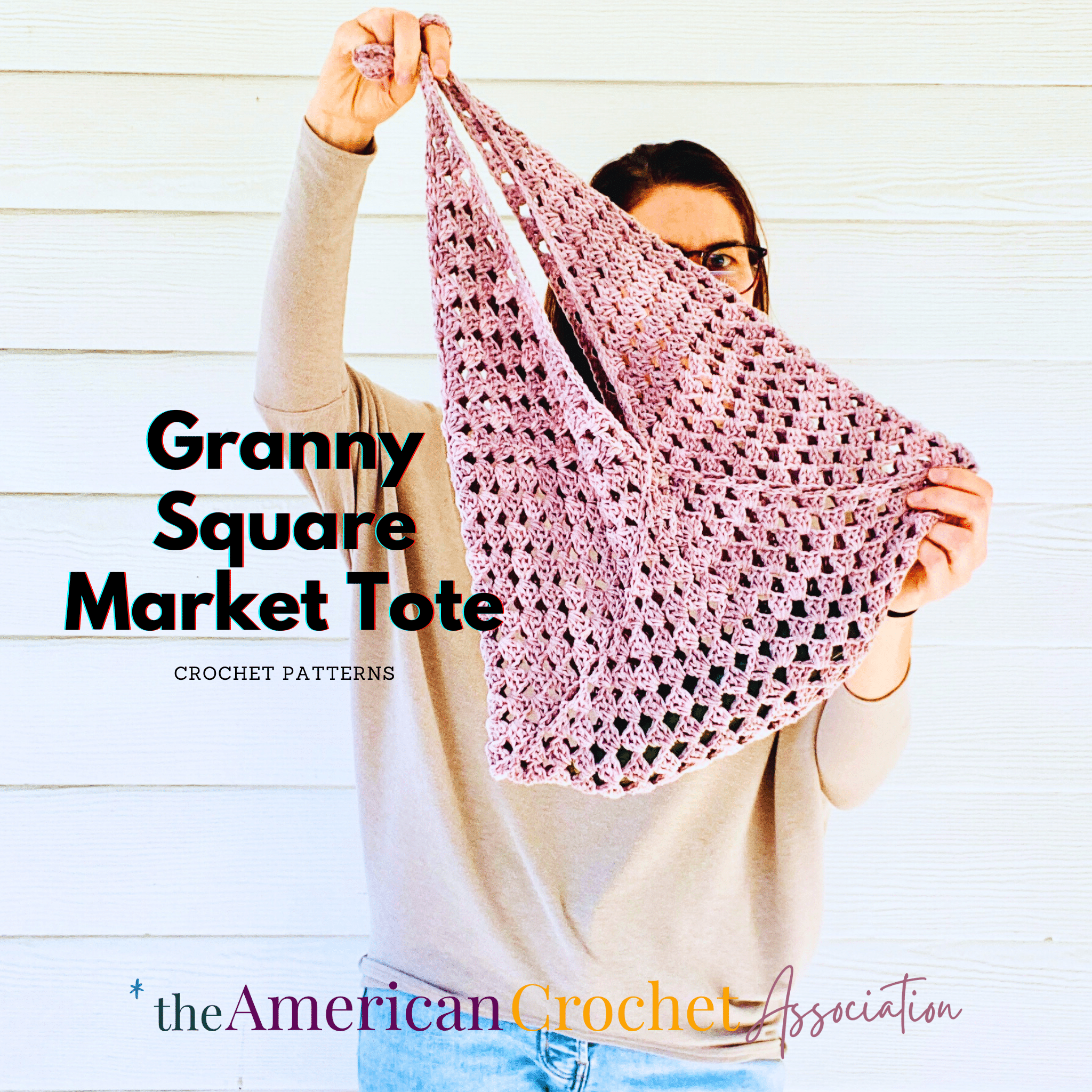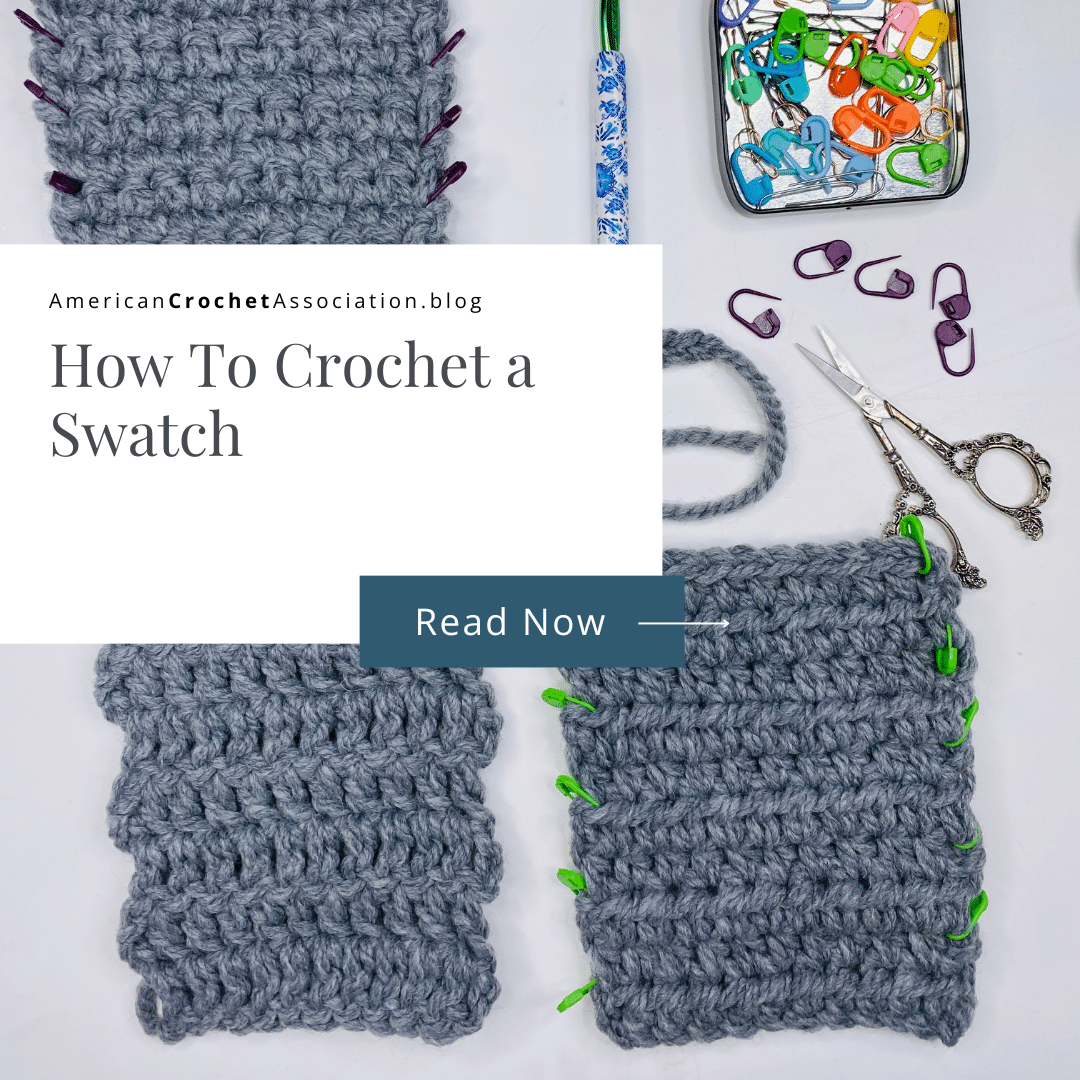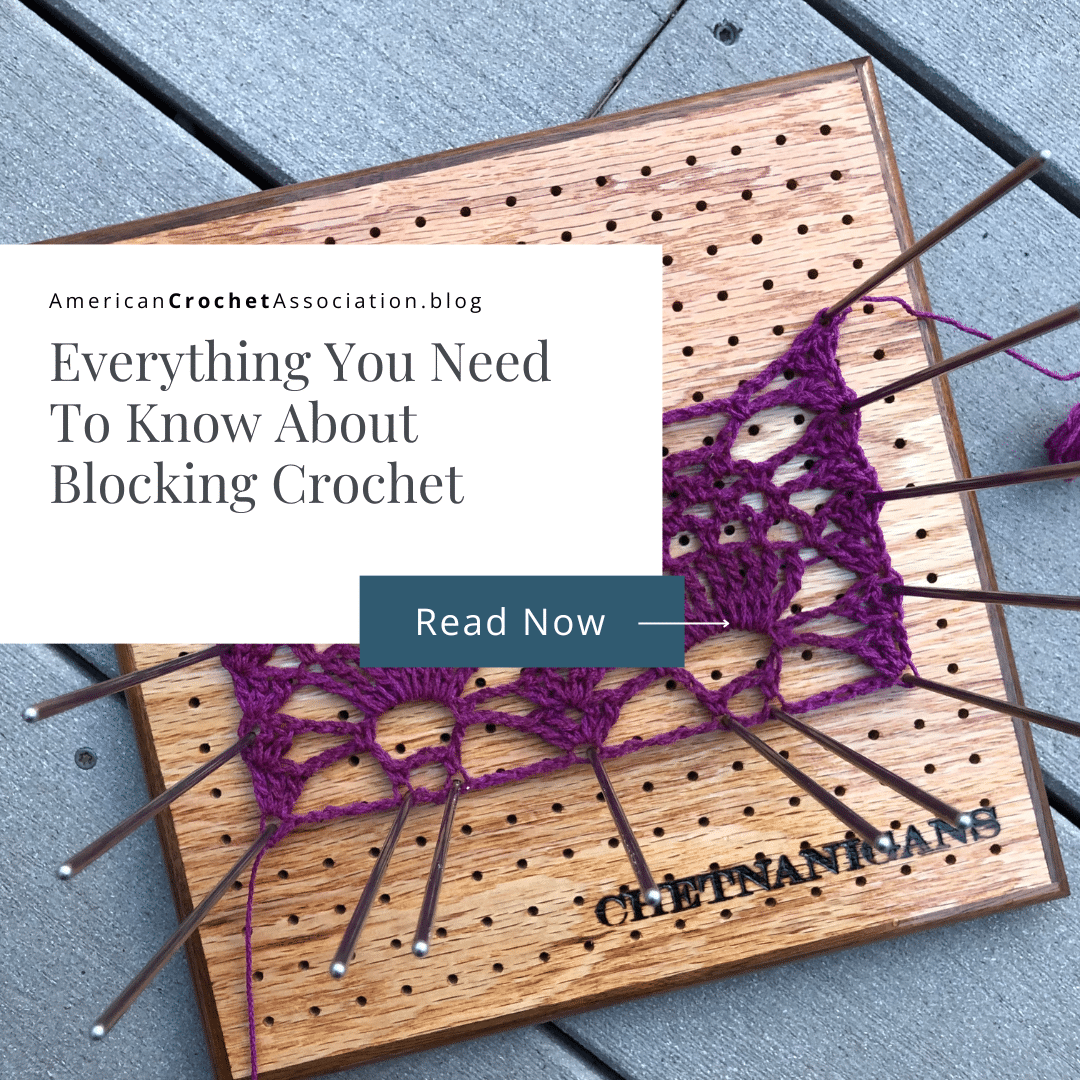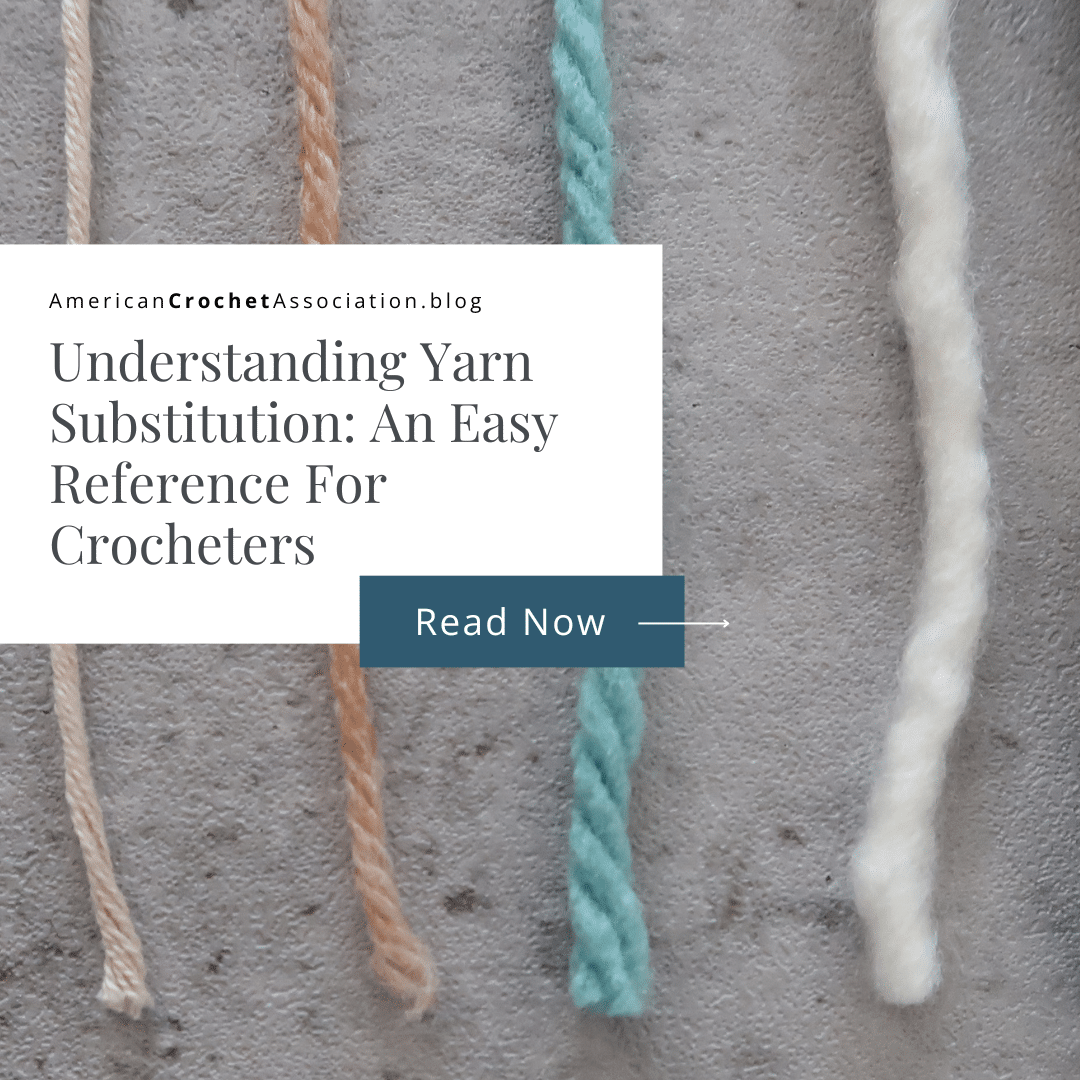How to Crochet for Beginners is your step-by-step guide to learn the art of crochet, whether you have always wanted to try or are just looking to refresh your skills.
If you are captivated by the intricate beauty of crocheted blankets, cozy scarves, and adorable amigurumi, you are in the right place; this is your guide to finally learning how to crochet from the ground up.
Learn basic crochet stitches, fine-tune different crochet techniques, and use the crochet patterns listed right here to build a solid crochet foundation through the basics of crochet and beyond.
This step-by-step guide takes the frustration out of learning, one stitch at a time, to give you the knowledge, skills, and confidence to create beautiful crochet projects that you will be proud of.
Grab your hook and some yarn and let’s dive into the world of crochet together.
By the end of this guide, you’ll have the confidence to learn, grow, and crochet anything you want!
Let’s get started!
Table of contents
This post may contain some affiliate links.
Estimated reading time: 11 minutes
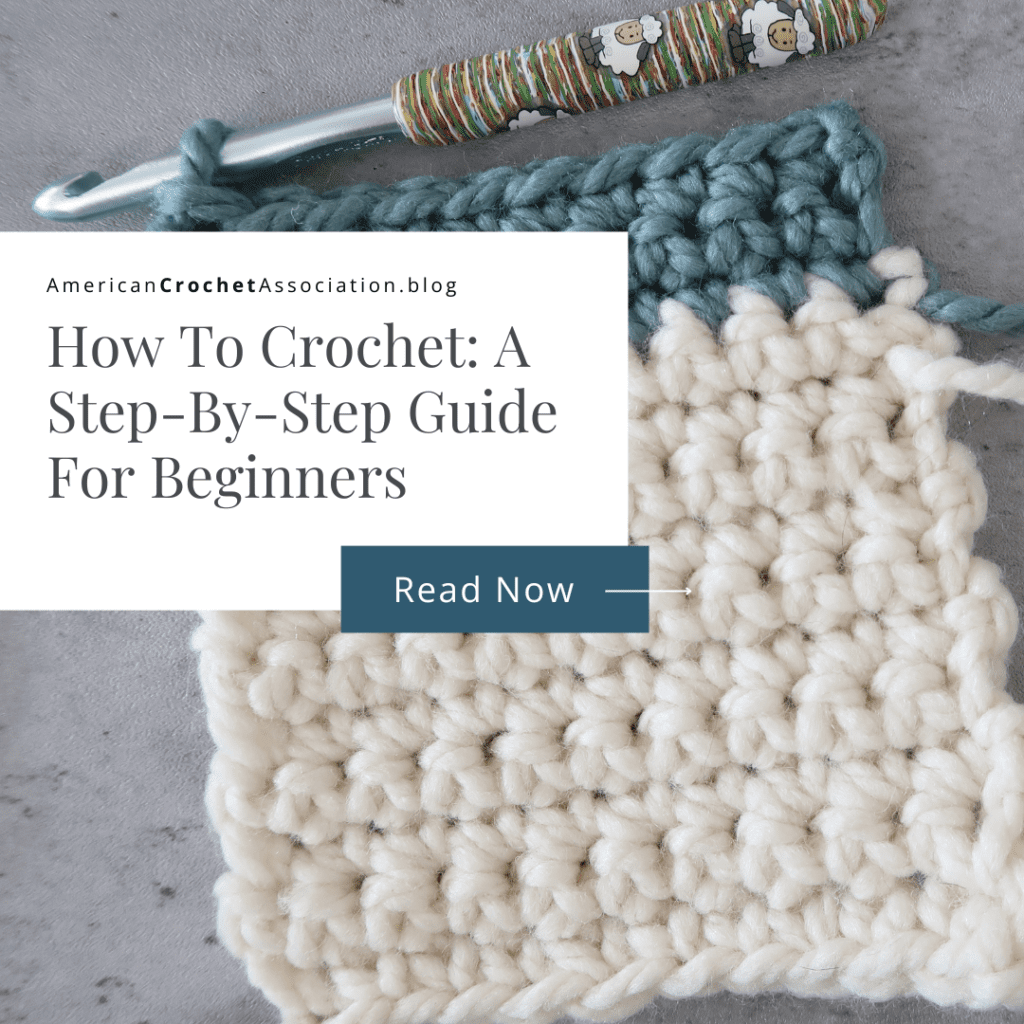
What is Crochet?
Crochet is a versatile and creative needlework technique that involves using a crochet hook to interlock loops of yarn or thread to create fabric.
This yarn craft offers endless possibilities for creativity and design.
Some common projects include scarves, hats, blankets, sweaters, shawls, socks, and various home decor items.
Patterns can be simple or highly complex, and the level of difficulty depends on the type of stitches and techniques used.
One of the appealing aspects of crochet is its accessibility to beginners while still providing opportunities for advanced crafters to challenge themselves with intricate designs.
This is a craft that has been passed down through generations and continues to be a beloved hobby for many people worldwide.
Teaching yourself
This guide includes things you can do to teach yourself the basics of crochet.
If you are teaching yourself how to crochet, the tips and resources in this guide will help you to find success, and avoid frustrating pitfalls.
Teaching yourself how to crochet does not have to be without support – join our free online community with thousands of crocheters where you can ask questions, share your work, and get real help from real people.
Teaching others
Passing on the art of crochet can be tough because doing and teaching are two very different things.
No matter your own skill level or expertise, these tips provide a happier and far more productive experience to pass this craft on: 3 Things Every Crochet Teacher Should Do (and a few things they should never do)
Teaching kids
Children have a lot of passion and energy, and can be great students, but teaching them might be a bit tricky.
If you’re wondering how to teach kids in a simple and easy way, I’ve outlined my favorite tips to help inspire and motivate kids: Teach Kids To Crochet: A Guide To Help Young People Learn
What do you need to start crocheting?
To start crocheting, you’ll need just a few basic supplies.
Here is a list of the essential items you’ll need as you are learning:
Yarn
Yarn is available in a wide range of colors, fibers, textures, and thicknesses.
When you’re a beginner, it’s a good idea to choose an economical, thick, and light color yarn, because those characteristics will be easier to work with and see your stitches.
Just to learn how to crochet basic stitches, I suggest trying an economical yarn – Red Heart Super Saver or something comparable.
This classic brand has been around forever, is economically priced, comes in a lot of colors, and is usually available anywhere commercial yarn is sold.
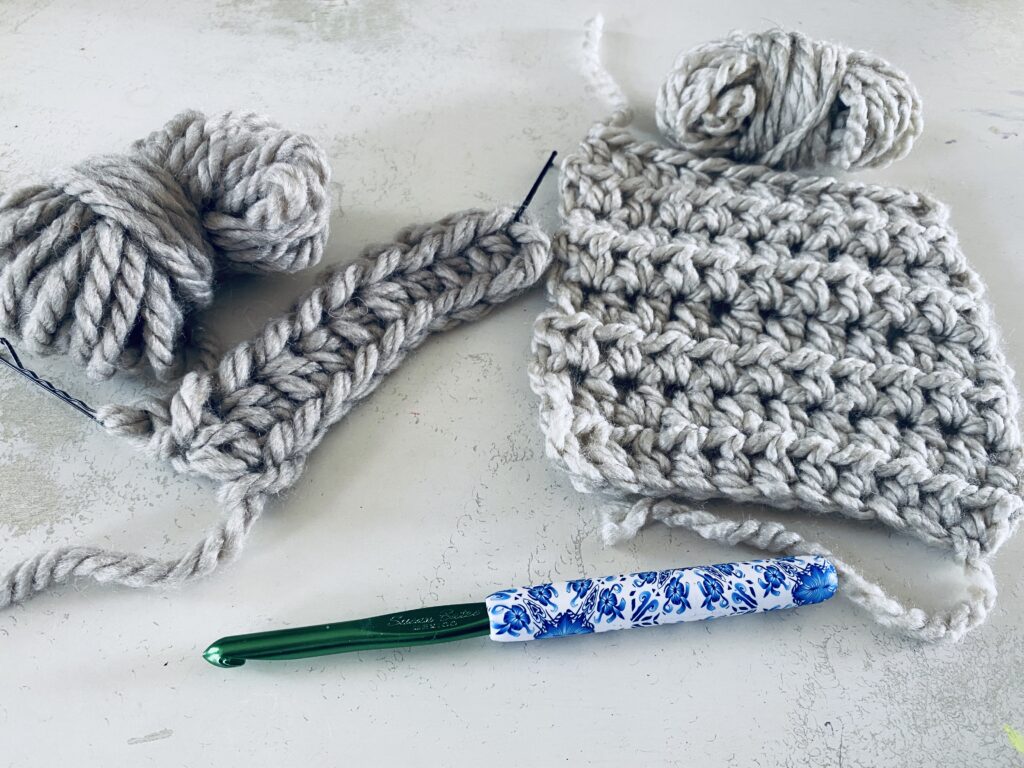
Crochet Hook
Hooks come in various sizes, materials, brands, and styles.
The most important thing to know for beginners is that the hook size you choose will depend on the yarn thickness and your project.
And when you’re learning basic stitches, beginners can start with an inexpensive set and then adjust as needed.
Just to learn the basic stitches, I suggest trying this Susan Bates Ergonomic Set or something comparable.
This trusted brand has been making hooks for decades, is affordable, comes in a variety of styles, and is typically available anywhere yarn crafts are sold.

Stitch Markers
Using stitch markers when you crochet, especially as you’re learning basic stitches, are a game-changing tool.
Using stitch markers will actually help you to become more skilled in stitch counting, recognition, and placement.
You can get this kit of 50 stitch markers for less than five dollars, or find your favorites anywhere crochet tools are available.
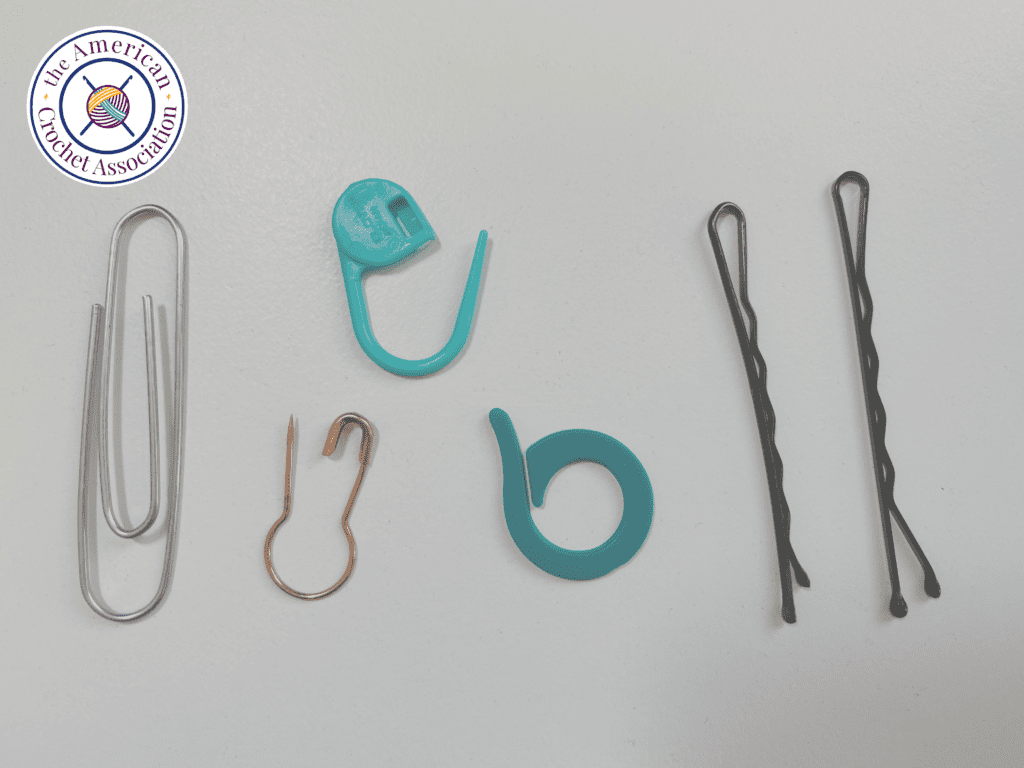
Additional Crochet Supplies
Here are more supplies I’ve hand-picked that can help to make your crochet experience even more comfortable:
Try My Book: Learn to Crochet in 10 Easy Lessons
Through my years of learning and teaching, I found a specific way of breaking down crochet fundamentals in the most basic form.
And I have a lot to share!
While this article shares some of my best tips, tutorials, patterns, and resources, I published this book that you can use as a complete guide that will teach you how to crochet.
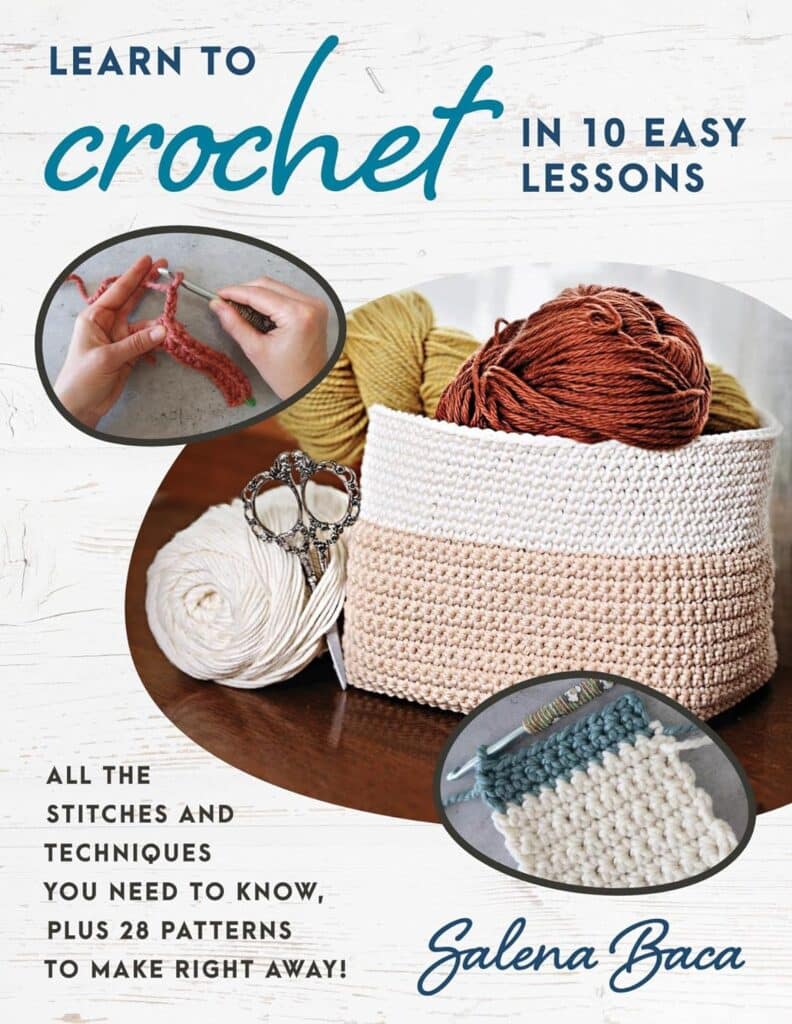
How To Crochet Basic Stitches
How To Crochet Left Handed
If you are left handed, and will be holding your hook in your left hand to learn crochet, here are left handed video tutorials to help you with all the basic crochet stitches: How To Crochet Left Handed
How to make a slip knot
Slipknots are not stitches, and they don’t count as stitches.
The loop formed when you create a slip knot is used to attach yarn to the hook so you can begin to make stitches:
- Cross yarn tail over ball yarn.
- Cross ball yarn over center.
- Pull ball yarn through circle.
- Pull until knot forms.
- Put loop on hook and adjust.
How to hold a crochet hook and yarn
Hold the hook and yarn in one of the styles shown (pencil / knife hold) until you find what is most comfortable for you.
There is no such thing as a “right way” to hold your yarn, hook, or stitches.
As long as your fingers are not cramped, and you’re not adjusting after each stitch, you’ve found a comfortable hold!
How to crochet a chain stitch
The chain is the first stitch you’ll learn because it is the foundation you’ll use to learn other stitches.
- Start with a slipknot on the hook; hold the hook and yarn in a comfortable position.
- Wrap the yarn around the hook from the bottom and around the top; this is called a “yarn over hook.”
- Use the hook to pull the yarn through the loop on the hook – One chain made.
How to crochet a single stitch
The single is a small stitch, with very few motions to complete it, and so the size makes it a bit difficult to identify.
If you struggle with this stitch, move on to the half double and double stitches first, and then try this one last!
- Insert hook into next stitch.
- Yarn over.
- Pull yarn through stitch.
- Yarn over.
- Pull yarn through two loops on hook – One single stitch made.
How to crochet a half double stitch
The half double stitch has a few more steps than the single, making this a taller and wider stitch to create.
- Yarn over.
- Insert hook into next stitch.
- Yarn over.
- Pull yarn through stitch.
- Yarn over.
- Pull yarn through all three loops on hook – One half double stitch made.
How to crochet a double stitch
Compared to the single and half double stitches, the double stitch is the tallest, with the most steps to complete it.
There is noticeable space between each double stitch, which may make each one easier to identify and count.
- Yarn over.
- Insert hook into next stitch.
- Yarn over.
- Pull yarn through stitch.
- Yarn over.
- Pull through two loops on hook.
- Yarn over.
- Pull yarn through two loops on hook – One double stitch made.
Basic Crochet Techniques
There are lots of creative techniques, with more than one way to perform each one.
This section shares some of the most common techniques, with the simplest ways to per- form them.
Before you start your first project, take some time with this section to practice and get comfortable with each concept.
How to Fasten Off
When you’ve completed a project, you’ll detach your project from the yarn and form a knot so that it doesn’t unravel.
When a pattern tells you to fasten off, this is what you’ll do:
- Cut yarn at least 10 inches from the loop on your hook.
- Pull the yarn tail through the loop on your hook until a knot forms.
How to Change Yarn Color
Changing colors is one of the simplest things you can do to adjust the look of a project.
After you learn the technique, you can typically change colors any time you want within a project.
This technique is also the best way to add a new yarn to a project, especially as you run out of one unit and need to add another.
While this video tutorial uses the double stitch, you can use this technique to change yarn colors with any stitch:
How to Crochet in Tubes
Tubes are just rows that connect in some way, either with a joining technique or by working continuously in a spiral.
If you can crochet in rows (like the basic stitches shown above), you can crochet in tubes as a next step.
In this video tutorial, learn how to crochet in tubes and how to join each round with a slip stitch:
How to Crochet Joined Rounds
Joined rounds are a technique where you complete each round by joining it to the beginning of the round with a slip stitch.
This method is commonly used in many patterns and results in a distinct seam or line at the end of each round.
Joined rounds are often used for projects like top-down hats and granny squares.
Here’s a video tutorial of how to crochet increasing rounds:
How to Crochet in Continuous Rounds
Continuous rounds in crochet refer to a technique where you work in a spiral, without joining the rounds with a slip stitch at the end of each round.
Instead of closing off a round and starting a new one, you simply keep crocheting in a continuous manner, which creates a seamless and smooth appearance in your work.
Continuous rounds are commonly used in projects like amigurumi (stuffed toys), hats, and baskets.
Here’s a video tutorial of how to crochet in continuous rounds:
How to Read A Crochet Pattern
Crochet instructions are condensed with abbreviations, formatted to follow certain standards, and use mathematical rules to make reading them at a glance more clear.
When you understand the formats and terms, you’ll be reading and following patterns with ease.
Here are some tips to help you read and follow crochet patterns:
Crochet Pattern Cover Page
The part of pattern before the actual instructions (materials, stitch key, techniques, gauge, size, skill level and notes) is what I like to call the ‘Cover Page’.
This section of a pattern tells you everything you need to know about a pattern before you get started, giving you important details that will help you feel confident about what you need to know to be successful.
Read through this section to get an understanding of what you should know, have, and do, to work through a pattern.
To learn even more about how to read a pattern, check out this article: How To Read Crochet Patterns: Tips To Follow Written Instructions
Crochet Acronyms and Abbreviations
Crochet patterns are written in a condensed format to save space.
As soon as you think about them this way, reading the characters within them will become easier to do!
Acronyms are one of those space-saving techniques, and we use them to make reading instructions easier to follow at a glance.
Understanding how to decipher the acronyms used will unlock the meaning, telling you exactly what to do.
For a list of crochet abbreviations, acronyms, terms (and a cheat sheet), check out this article: Crochet Abbreviations: Overview and Cheat Sheets
Crochet Stitch and Pattern Repeats
Crochet patterns are essentially worded math problems.
As soon as you think about them this way, and you learn the difference between the asterisk, bracket, and parentheses, reading the characters within them will become easier to do!
For more help reading crochet patterns with repeats (especially when more than one are used at a time): How to read a pattern with crochet repeat symbols: asterisks, brackets, and parentheses
Crochet Patterns For Beginners
After you practice all the basic crochet stitches and techniques, and are ready to crochet your first projects, here are some free crochet patterns for beginners you can view on our website:
Rows
Tubes
Joined Rounds
Continuous Rounds
Beginner Crochet Course
Looking for a distraction-free learning environment with even more tips, tutorials, homework, and support that will help you learn how to crochet?
Check out the Crochet Membership today today to get started.



